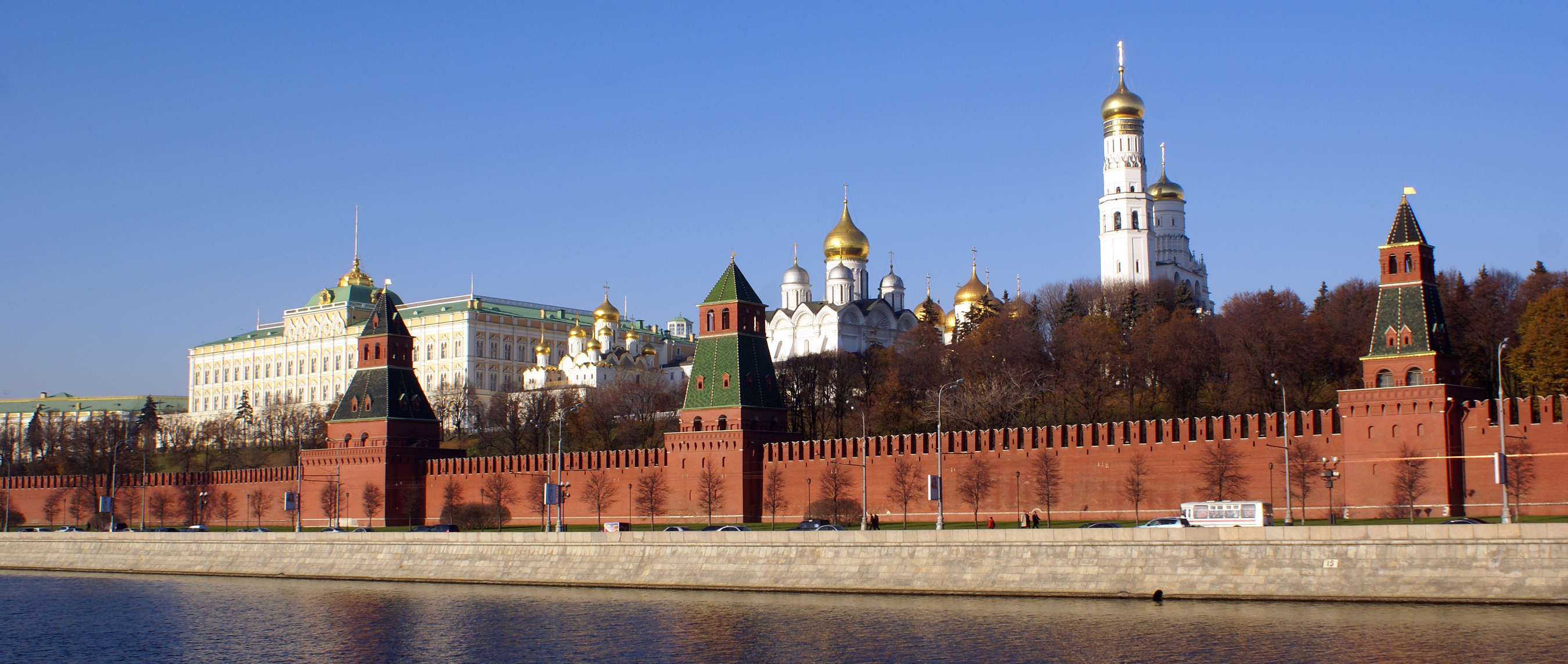Epic in its scale, magnificent in its diversity, Russia has something for everyone from the culture vulture to the nature lover. You could spend a lifetime traveling in Russia – I’ve spent about half mine doing just that, as a tour guide in the 1990s and as food and culture writer since 2006.
Four Great Ways to Explore Russia
Moscow to St. Petersburg by Train:
Russia’s two capitals have been linked by rail since the mid-nineteenth century, and made famous by Leo Tolstoy in his novel, Anna Karenina. The Red Arrow train leaves each evening at one minute to midnight, and offers a range of accommodation, from the luxurious to the more affordable. Russia’s bullet train, the Sapsan whisks you between the two cities in under four hours.
Russia by River:
Russia’s great waterways have always played an important role in commerce, politics, and cultural development. River cruises along the mighty Volga, Europe’s longest river, offer a unique insight into the world that lies outside Russia’s large cities. As you drift along the riverbank, dotted with picturesque wooden cottages, birch trees and iconic church domes, you feel transported back in time.
The Golden Ring by Car:
Moscow is surrounded by a ring of small medieval cities, which were once proud independent states. In Vladimir and Suzdal and Bogoliubovo are some of the most magnificent examples of fifteenth century Russian architecture. Sleepy Plyos was the favorite retreat of Russia’s romantic artists, and Sergiev Posad’ is the venue for one of Russia’s holiest monasteries with star-studded domes.
The Trans-Siberian Railway:
Since it’s opening in the early twentieth century, explorers and adventurers have been unable to resist the lure of the world’s longest railway. Trains leave Moscow, heading east towards the Ural Mountains and into Siberia, passing through Irkutsk and Lake Baikal. After Khabarovsk, the lines then branch out to the Trans-Mongolian line to Beijing, China via Ulaanbaatar in Mongolia, the Trans-Manchurian, which loops through Chinese Manchuria to Beijing. The Trans-Siberian crosses Russia’s length and ends in Vladivostok on the Pacific Ocean.
Essential Moscow and St. Petersburg
Moscow
City Sightseeing: Moscow now proudly boasts a hop-on, hop-off bus tour. This welcome addition to the tourism infrastructure includes 18 stops, including the popular venues of Red Square, Novodeyvichy Convent, Arbat Street, and others. The tour includes headsets with commentary in English and runs from 10:00 am to 10:00 pm daily. (http://hoponhopoff.ru)
The Kremlin: Devote at least one half day to exploring the majestic Moscow Kremlin, the powerful heart of Russia’s capital and seat of its government. The Armory Museum houses the priceless historical treasure trove of Russia’s past, including the crowns and thrones of the Russian tsars, ambassadorial silver, and Faberge eggs.
St. Petersburg
St. Petersburg was conceived and built by Peter the Great as Russia’s “window on the West.” Spend at least half a day at the Hermitage, the world’s largest museum, and head outside the city to experience the imperial excess at Tsarskoye Selo or Peterhof. If you are feeling energetic, climb to the top of St. Isaac’s Cathedral for a panoramic view of the wonderful ensemble of the city’s center.
No visit to Russia is complete without taking in a cultural performance. The two capitals’ main theaters, the Marinsky and the Bolshoi enjoy a healthy rivalry for pre-eminence in ballet and opera.
Food & Drink:
Russia is enjoying a marvelous culinary renaissance, melding its traditional cuisine with new methods and ingredients for a delightfully innovative cuisine. For my top picks of Moscow’s burgeoning restaurant scene, click here: http://jennifereremeeva.com/moscow-dining-guide-download/
Taking Russia Home: A Shopping Guide
Travelers to Russia are spoiled with choice when it comes to souvenirs: wooden stacking “matrioyshka” dolls, exquisitely embroidered cloth dolls, Christmas tree ornaments, table linens, and traditional Russian costumes, delicate china from the Imperial Porcelain factory, chess sets, sports jerseys, fur, and Soviet kitsch. Note that antiques (considered anything produced before 1945) are not allowed out of the country without a certificate from the Ministry of Culture.
Arbat Street in Moscow is home to several souvenir shops, which are open daily.
The sprawling Izmailova Flea Market is open daily, but best visited at the weekend, when the souvenir stalls are working at full tilt. Izmailovskoye Blg 73-G. Metro: Preobrazhenskaya.
In St. Petersburg, visit the Church of the Spilt Blood on the Griboyedova Canal for good deals souvenirs, but watch out for pickpockets! St. Petersburg’s largest bookstore Dom Knigi on Nevsky Prospekt has an extensive selection of postcards, souvenir and guide books.
How to Get There:
General Tours (www.generaltours.com) offers air-inclusive, escorted and individual travel services for all of the destinations and itineraries recommended here. This venerable American tour operator maintains staff on the ground in both Moscow and St. Petersburg, and has been making Americans feel very welcome in Russia since 1954.
By Jennifer Eremeeva
Jennifer Eremeeva is an American food and humor writer who has called Moscow home for two decades. She is the author of Lenin Lives Next Door: Marriage, Martinis, and Mayhem in Moscow and Have Personality Disorder, Will Rule Russia: A Concise History of Russia. To find out more about Jennifer and travel to Russia, visit http://jennifereremeeva.com

